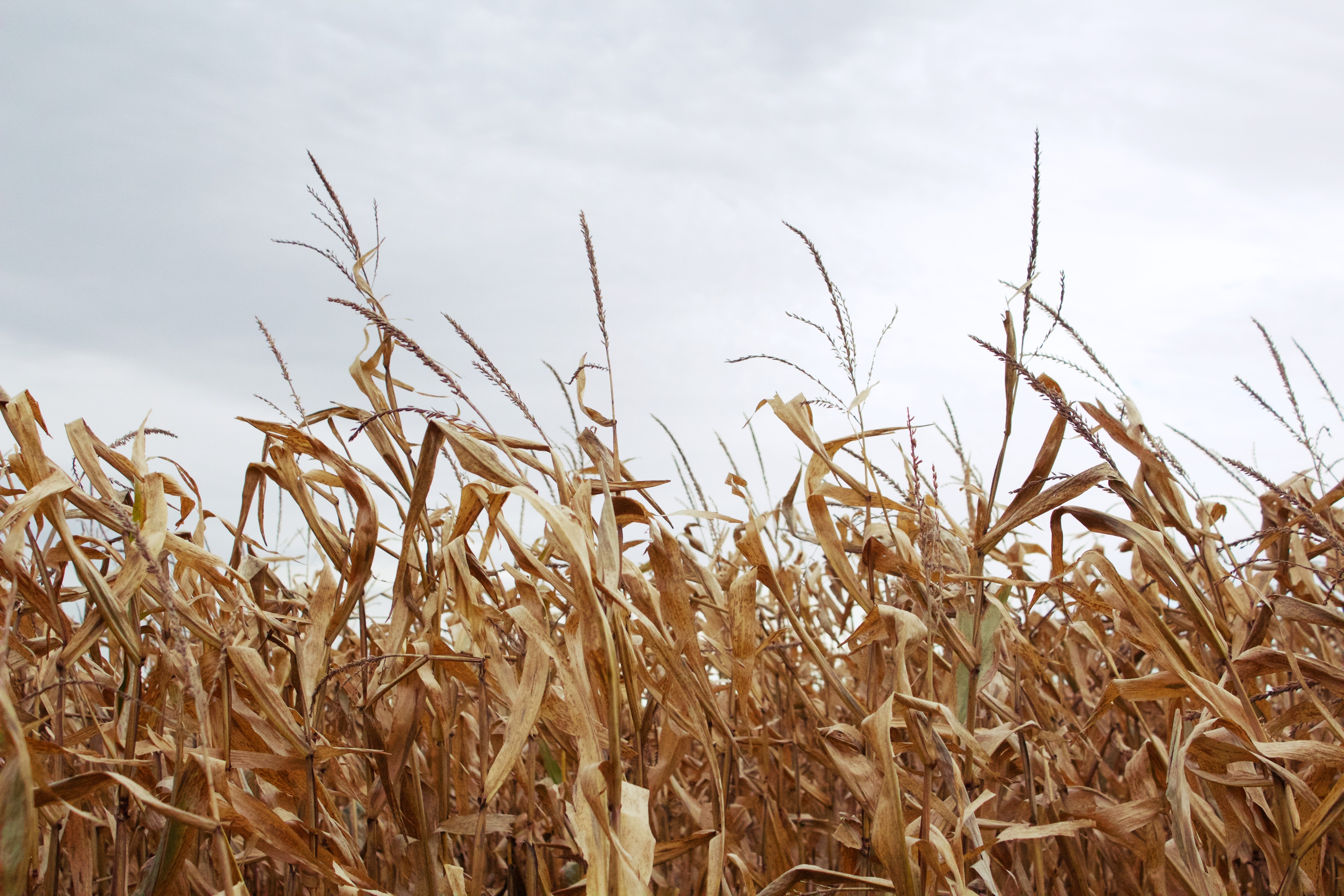
Equipment
Equipment
Manure Application
Fall manure application: Evaluating the conditions
November 5, 2018 by Iowa State University - Extension and education

This spring started cool and wet, delaying planting season, but was followed by a beautiful early summer with warm temperatures and heat units that pushed crops forward quickly. As harvest season has neared, we have been faced with some wet conditions slowing harvest.
According to the most recent Iowa crop progress and conditions report issued on October 14th, only 17 percent of the corn has been harvested and 19 percent of the soybeans have been harvested. Corn is slightly behind the five-year average (24 percent) harvested but slightly ahead of last year. About half of the five-year average for soybean (51 percent) are currently harvested, but only slightly behind last year’s (31 percent) harvested at this time. This is to say, while harvest is behind what we may have hoped, the upcoming forecast shows relatively low chances for rain over the next nine days. Hopefully, this will provide an opportunity to start catching up on harvest and get manure to the fields.
If you are curious about soil temperatures, the ISU Soil Moisture Network is one source of data that can be useful. It suggests, Iowa’s soil temperatures currently sit in the high 40’s in the western half Iowa with temperatures in the low 40’s in the eastern half of the state.
Historical data suggests in Ames we would be below a soil temperature of 50°F at this time 72 percent of the time. As a point of reference, soil temperature, will on average, reach 32°F on November 25th, with other locations in Iowa having similar probabilities of freezing at that date, giving around 38 calendar days for manure application on average.
Given the wet conditions this fall, there are a few options to consider as we make sure all farms are ready for the coming winter.
- Plan ahead. The rush of the season can make biosecurity a challenge. Planning out an order of operations, considering both the health status of the farm and the need to get the storage drawn down, and the availability of fields and suitability of soils to take manure in the area can alleviate some biosecurity concerns.
- Partially empty basins. Make sure to empty enough to maintain freeboard and enough manure to get you through until field conditions are more suitable for full application, or next spring. Typical swine finishing barns accumulate manure at a rate of about 1.5 inches per week, meaning at least three feet of usable storage would be required to make it to spring.
- Discuss your options. Communication is always critical, but in a year with a condensed application season and challenging soil conditions, it is critical to make sure everyone is on the same page.
- Field selection. All fields aren’t the same and all spots in a single field aren’t the same. Though it may not be ideal, try to look for fields that dry out quicker and get them first. Avoiding wet spots and relying on the technology in your tractor to get back to the spots you had to miss later in the season when better soil conditions exist.
- Watch your rates. Manure management plans specify the maximum amount of manure you can apply based on nitrogen or phosphorus, but that doesn’t mean they will be able to infiltrate and hold all the water that comes with the manure. To get the manure to infiltrate and stay in the soil, manure application rates may need to be reduced in some cases.